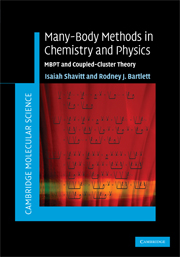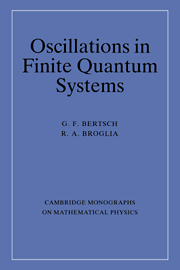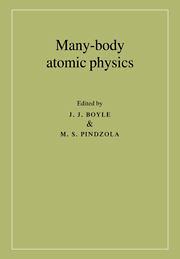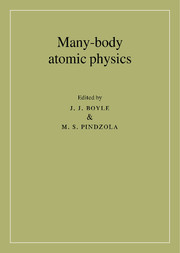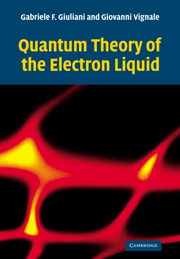Many-Body Methods in Chemistry and Physics
Written by two leading experts in the field, this book explores the 'many-body' methods that have become the dominant approach in determining molecular structure, properties and interactions. With a tight focus on the highly popular Many-Body Perturbation Theory (MBPT) and Coupled-Cluster theories (CC), the authors present a simple, clear, unified approach to describe the mathematical tools and diagrammatic techniques employed. Using this book the reader will be able to understand, derive and confidently implement relevant algebraic equations for current and even new multi-reference CC methods. Hundreds of diagrams throughout the book enhance reader understanding through visualization of computational procedures and extensive referencing allows further exploration of this evolving area. With an extensive bibliography and detailed index, this book will be suitable for graduates and researchers within quantum chemistry, chemical physics and atomic, molecular and solid-state physics.
- The first book to address Many-Body Perturbation Theory and Coupled-Cluster methods
- Hundreds of diagrams enhance understanding of the methodologies described
- Extensive referencing connects the reader to the research literature in this evolving area
Reviews & endorsements
'All research groups in theoretical chemistry will want to have this volume in their library; the book will form an essential part of any course on electron correlation.' Professor Nicholas Handy, University of Cambridge
Product details
August 2009Hardback
9780521818322
548 pages
254 × 178 × 30 mm
1.2kg
19 tables
Available
Table of Contents
- 1. Introduction
- 2. Formal perturbation theory
- 3. Second quantization
- 4. Diagrammatic notation
- 5. Diagrammatic expansions for perturbation theory
- 6. Proof of the linked-diagram theorem
- 7. Computational aspects of MBPT
- 8. Open-shell and quasidegenerate perturbation theory
- 9. Foundations of coupled-cluster theory
- 10. Systematic derivation of the coupled-cluster equations
- 11. Calculation of properties in coupled-cluster theory
- 12. Additional aspects of coupled-cluster theory
- 13. The equation-of-motion coupled-cluster method for excited, ionized and electron-attached states
- 14. Multireference coupled-cluster methods.

